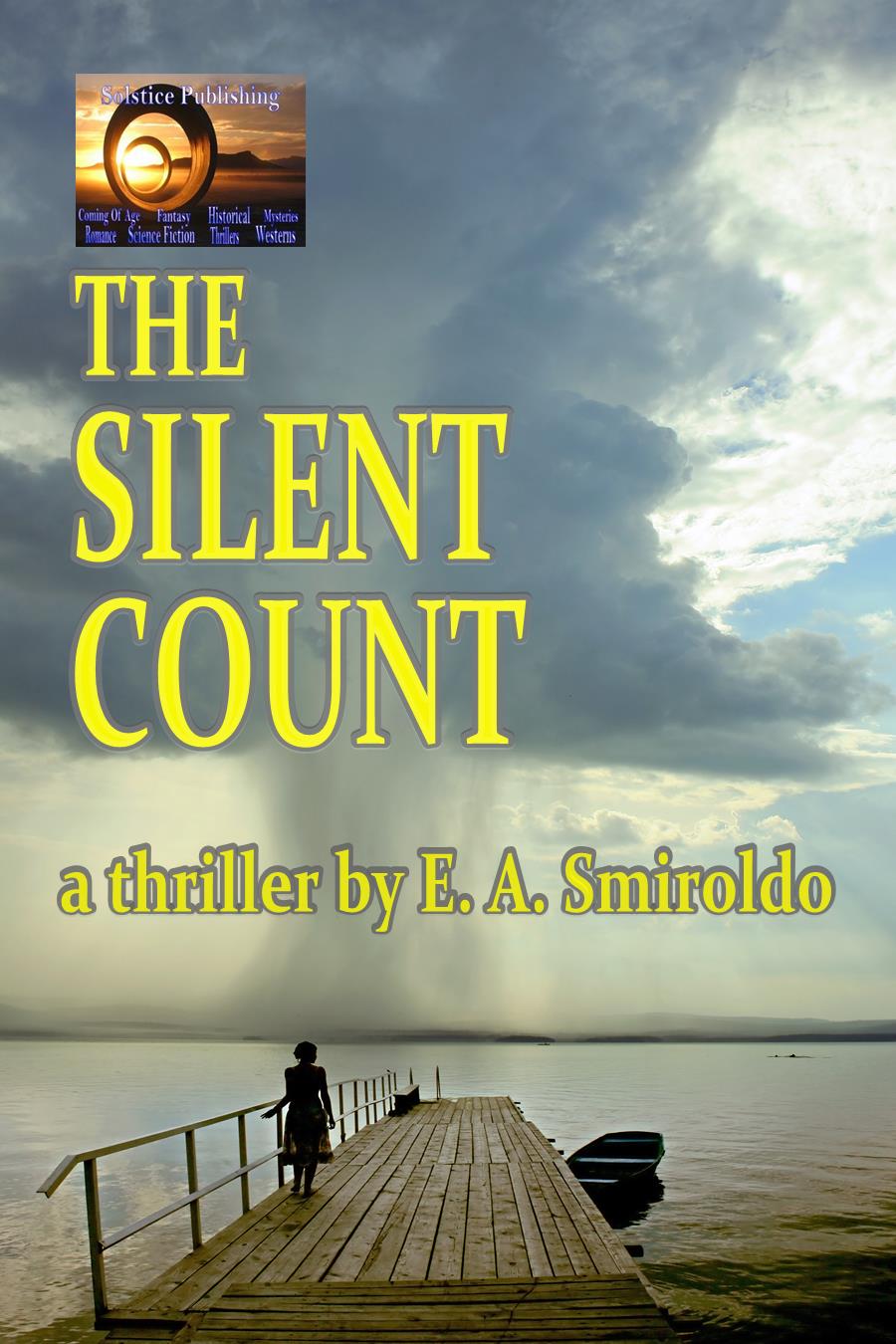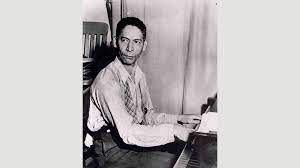
The Silent Count by E.A. Smiroldo: about politics
The main protagonist, Dara, develops a geo-engineering software which could improve the United States’ climate crisis. As this software becomes a real, governmental project, politics take a consequent place in the plot. Let’s see how the author explores different political themes, there will be spoilers.
Artists and politicians
Artists or public figures expressing support for politicians has become a common occurrence in our contemporary society. E.A. Smiroldo also portrays these relationships in her book.
Indeed, Dara’s ex-boyfriend and now famed musician, Jericho starts to publicly support Senator Collins, notably playing at her March Against Climate Change. The author describes that “Jericho’s alliance with her helped transform him from punk rocker to social justice warrior-poet.” (page 122), also bringing in the topic of social justice and activism.
This support is described throughout the story, and serves to further the plot.
Dara is at first suspicious of this alliance, even thinking that Jericho turned into a “sell out”, which echoes real-life questions of moral integrity, artists’ neutrality, publicity or public image. Indeed, it’s often hard to decipher if an artist really believes in a politician they support or to what extent a politician uses the artist’ popularity.
But as she discovers her supervisor’s dishonesty and how he plans to use her model in a dangerous way, Dara realizes that Senator Collins was the only one who dared voicing her doubts about the project, and reaches out to her.
Grassroots movements
Another topic of contemporary politics is grassroots movements, or how a group of citizens in a specific place organize and work to create social or political action. This type of movements has multiplied as distrust in conventional politics and systems have grown.
In this book, the author gives multiple examples of grassroots movements, mentioning protests, marches, or campaigns.
Senator Collins herself is pictured as a politician using those kinds of movements. She organizes a pubic march, and when she’s opposing the geo-engineering project, she’s thinking that “she’d start the grassroots campaign to end all grassroots campaigns and bring the matter directly to the American people.” (page 175).
Another example is the boycott and petition organized against Jericho and Senator Collins, a little later in the story. First initiated by the famous but distasteful D.J. Fat Frank, start boycotting Jericho because of his support to Senator Collins, who’s openly against the project.
The author mirrors realistically how grassroots movements come into existence and are fueled by social medias in our society:
“A quick Internet search revealed that not only was a boycott in progress, but that petitioning against Jericho and Senator Collins had gone viral.” (Page 160-161).
The Silent Count is undeniably anchored in our present reality in this aspect. The author brings in topics of politics, activism, grassroots movements, and social justice and uses them to paint a realist background for the characters and events. In this first novel, E.A. Smiroldo crafts a thrilling story of manipulation and struggles for the truth, carried by characters who fight to make this unstable world better.
Buy a copy of The Silent Count on Amazon now.





